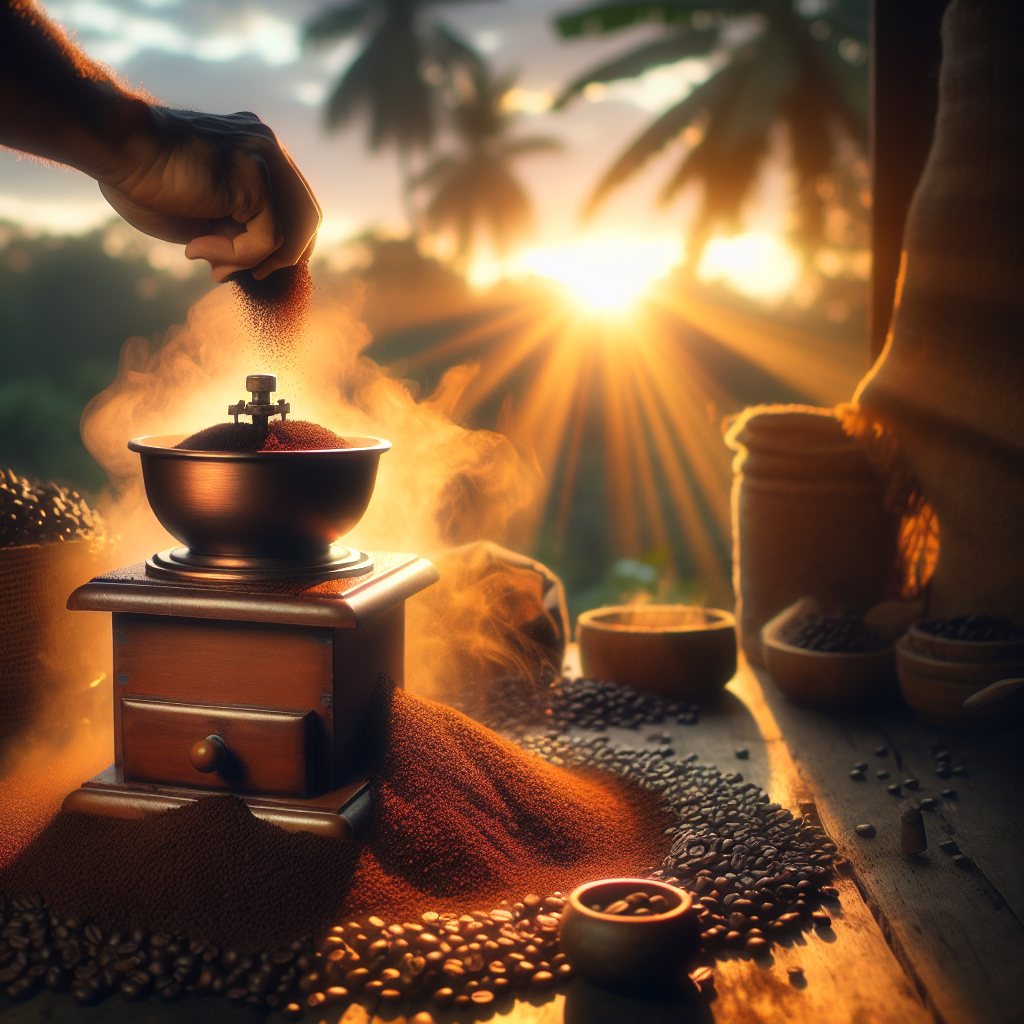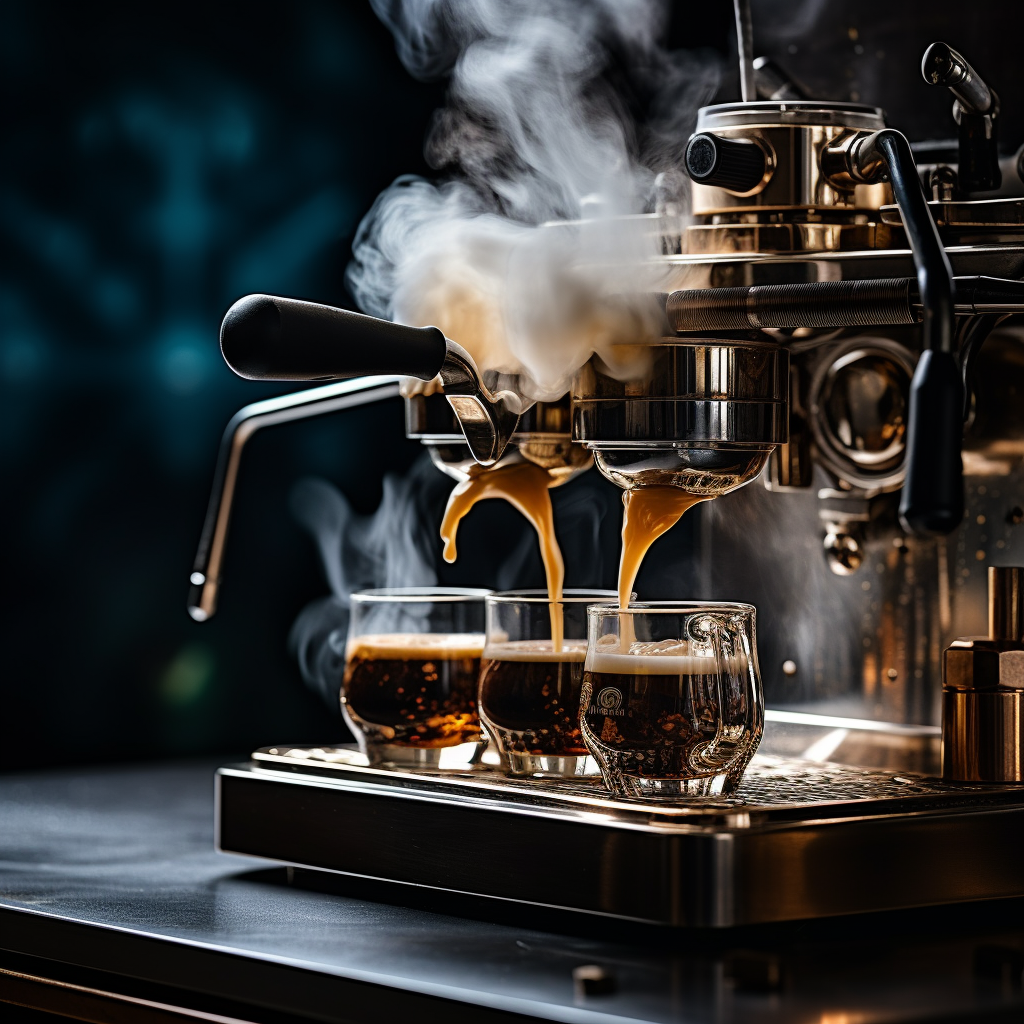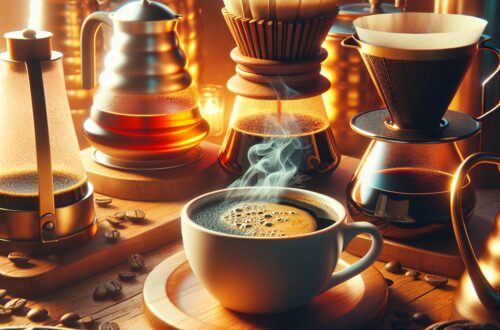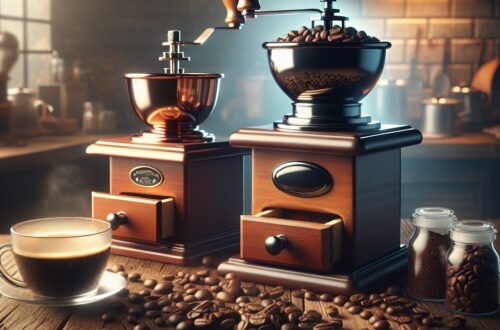Understanding the Caffeine Content in Coffee
Coffee, the globe’s morning fuel, is beloved not just for its taste but also for the kick of energy provided by caffeine. But have you ever wondered exactly how much caffeine is in your daily cup? In this article, we’ll dive deep into the caffeine content in various coffee drinks and discuss the factors that influence these levels.
How much caffeine is in coffee?
An average 8-ounce (about 240 ml) cup of coffee contains roughly 80-100 milligrams (mg) of caffeine. However, this can vary greatly depending on the coffee’s type, roast, and brewing method. Generally, darker roasts contain more caffeine, though many factors contribute to caffeine content.
Types of coffee beverages and their caffeine content
There’s a vast variety of coffee drinks out there, each with a different caffeine content. For example, an Americano, which consists of espresso shots added to hot water, has about 154 mg of caffeine in a 12 oz serving. In contrast, instant coffee contains about 57 mg per 8 oz cup. Even decaffeinated coffee, which many assume to be caffeine-free, contains some caffeine, albeit in much smaller quantities.
Caffeine content in different coffee drinks
Below is a quick comparison of the caffeine content in different coffee drinks.
Comparison of Caffeine Content in Different Coffee Drinks
| Coffee Drink | Caffeine Content (mg) |
|---|---|
| Drip Coffee (8 oz) | 90-95 |
| Espresso Shot (2 oz) | 80 |
| Brewed Drip Coffee (14 oz) | 150-200 |
As illustrated above, the caffeine content can drastically differ based on the coffee’s serving size and style.
Factors influencing caffeine content in coffee
The caffeine content in a coffee drink can be influenced by numerous factors, including the roast level, bean type, brewing method, and serving size. For example, espresso might seem to pack a bigger caffeine punch due to its intense flavor, but the smaller serving size typically means you’re getting less caffeine than a standard drip coffee.
Comparing caffeine content in various coffee types and sizes
When analyzing different coffee types, like lattes, cappuccinos, and macchiatos, it’s important to consider that many of these drinks contain one or more shots of espresso. Thus, the primary source of variance in caffeine content among these beverages is the amount of espresso and the serving size rather than the type of coffee itself.
Health effects and considerations related to caffeine in coffee
While caffeine is celebrated for its ability to boost energy and concentration, it’s important to consume it within safe limitations. Overconsumption can lead to side effects like insomnia, nervousness, restlessness, stomach irritation, and increased heart rate. Health experts often recommend limiting caffeine intake to about 400 mg per day for most adults, equating to roughly four 8-ounce cups of coffee, though individual tolerance varies.
Understanding the caffeine content in your coffee can help you enjoy your beloved brew responsibly. Whether you’re sipping a light roast at dawn or an espresso after dinner, knowing how much caffeine you’re consuming is key to maintaining both your love for coffee and your health.
For more coffee insights and tips, explore our here. Whether you’re a coffee aficionado or a casual sipper, there’s always more to learn about this fascinating beverage.
Shop at Breville now!
https://breville.oie8.net/oqDqrE
Shop Coffee Machine at Amazon now!
Click here!





